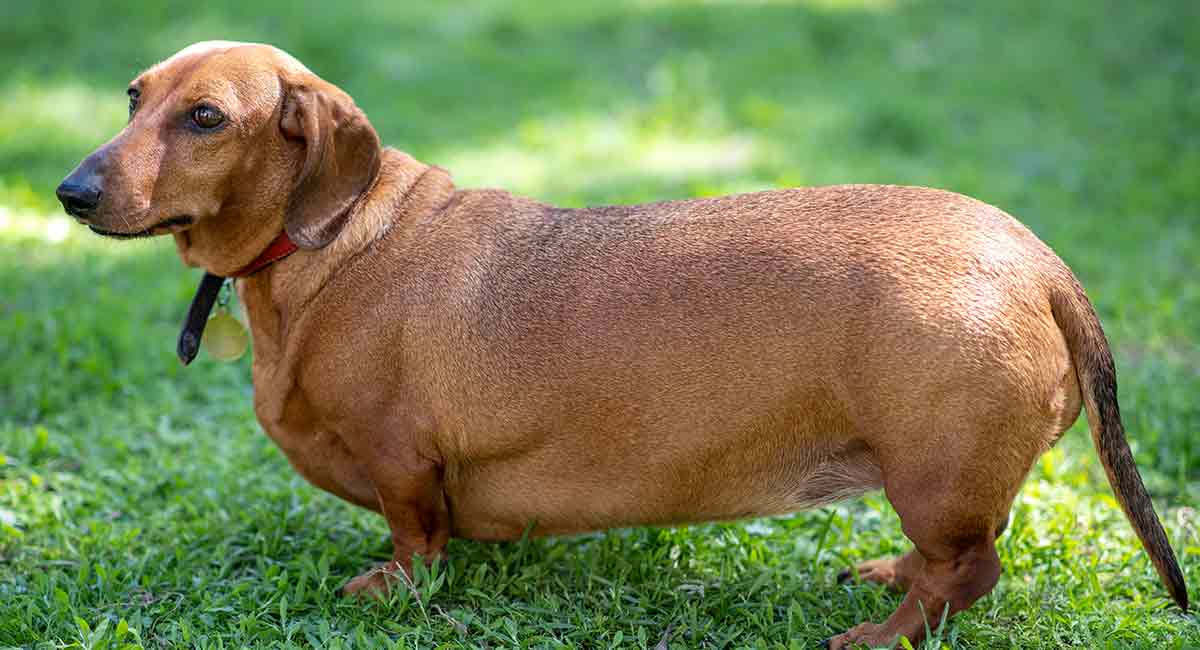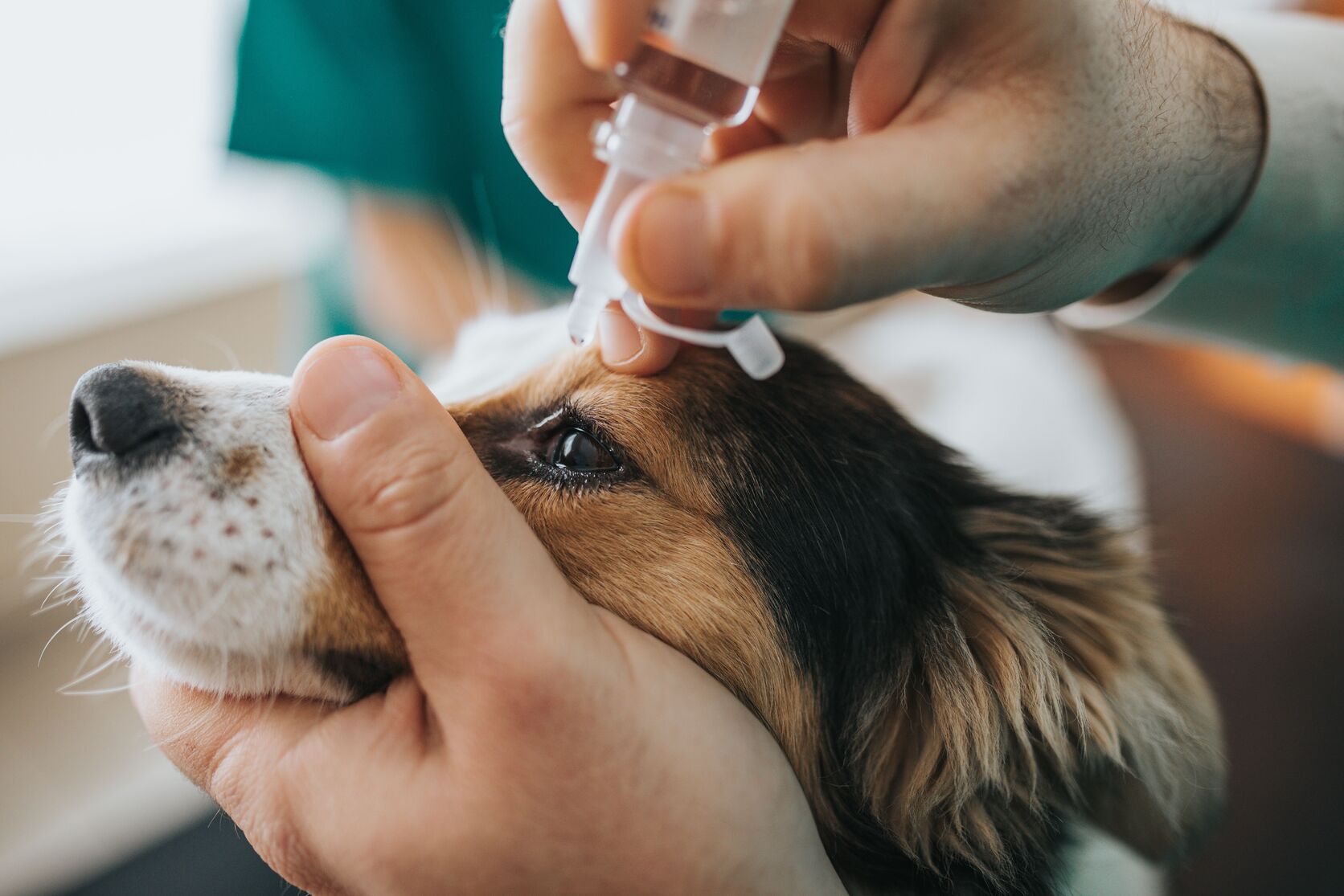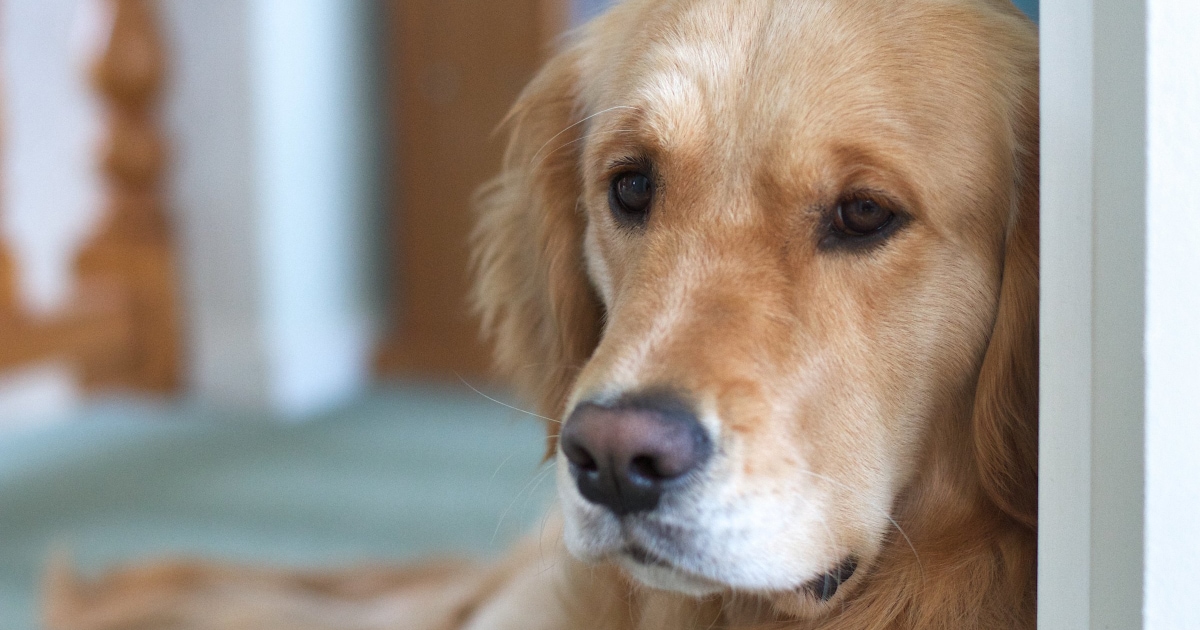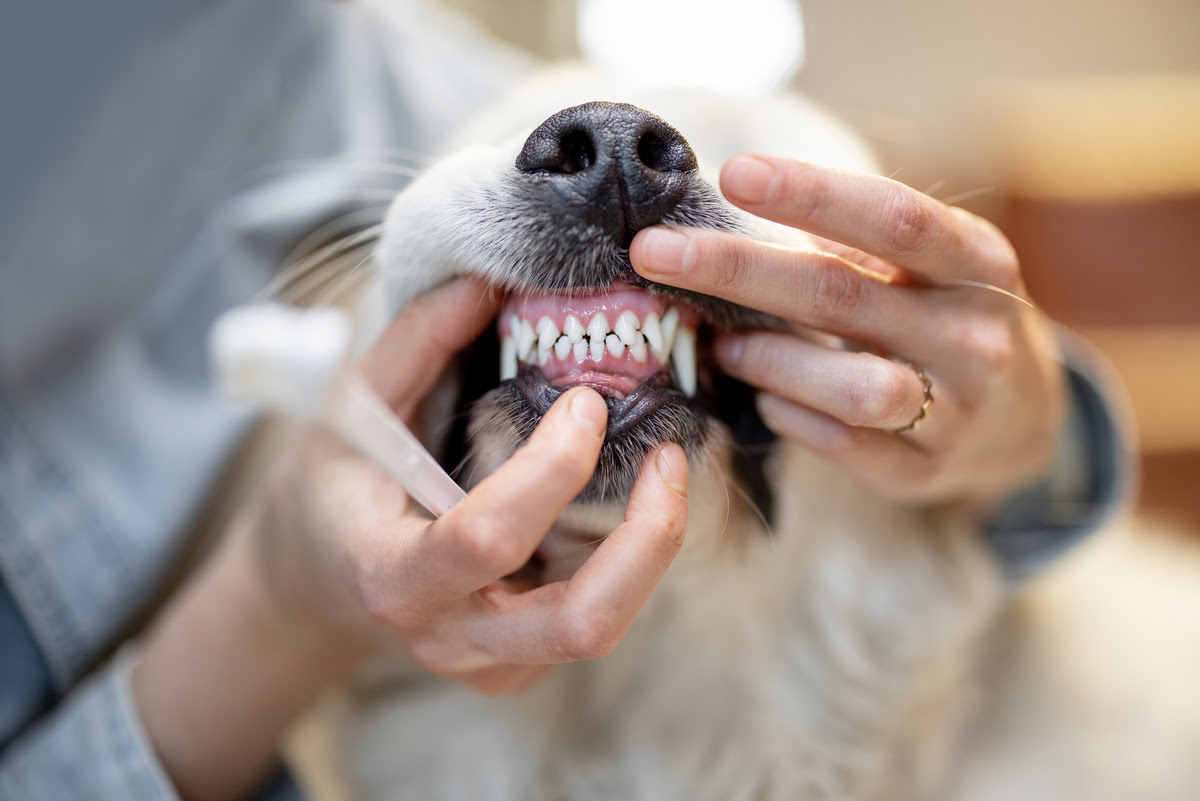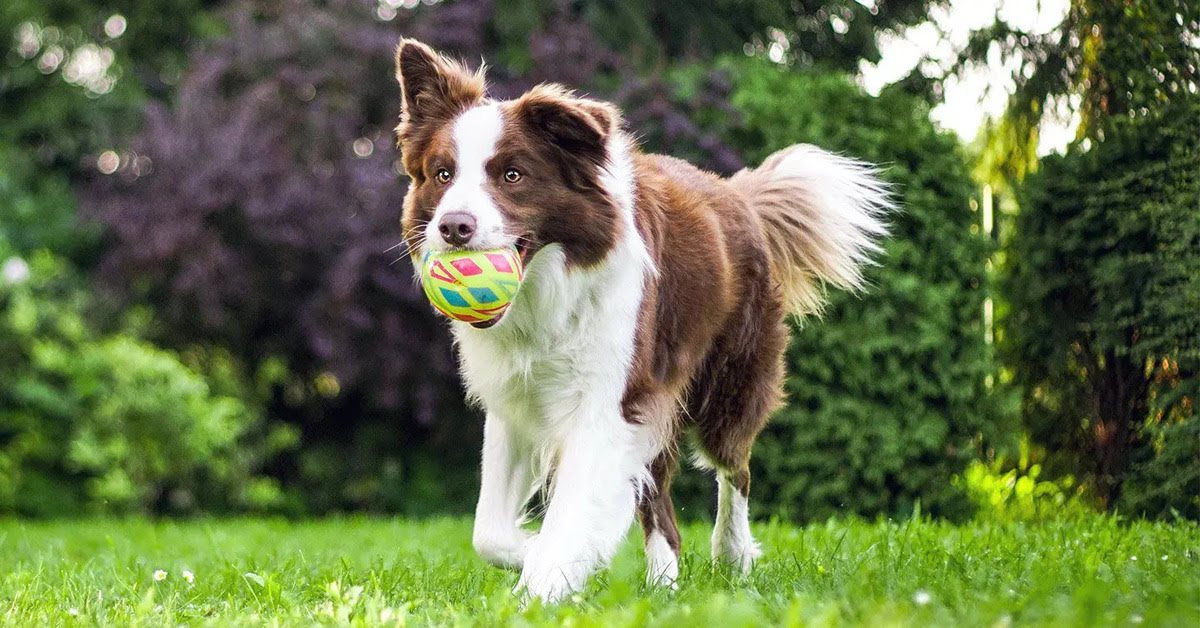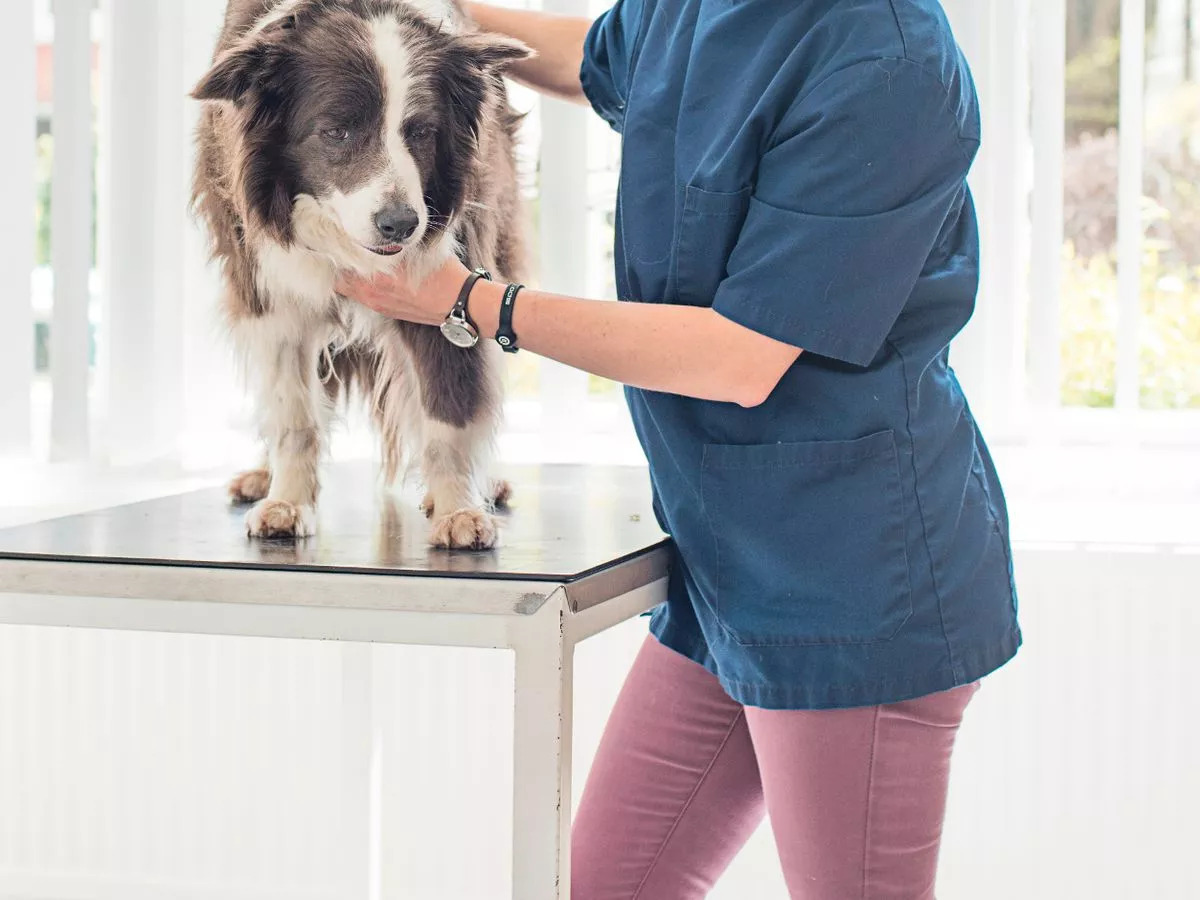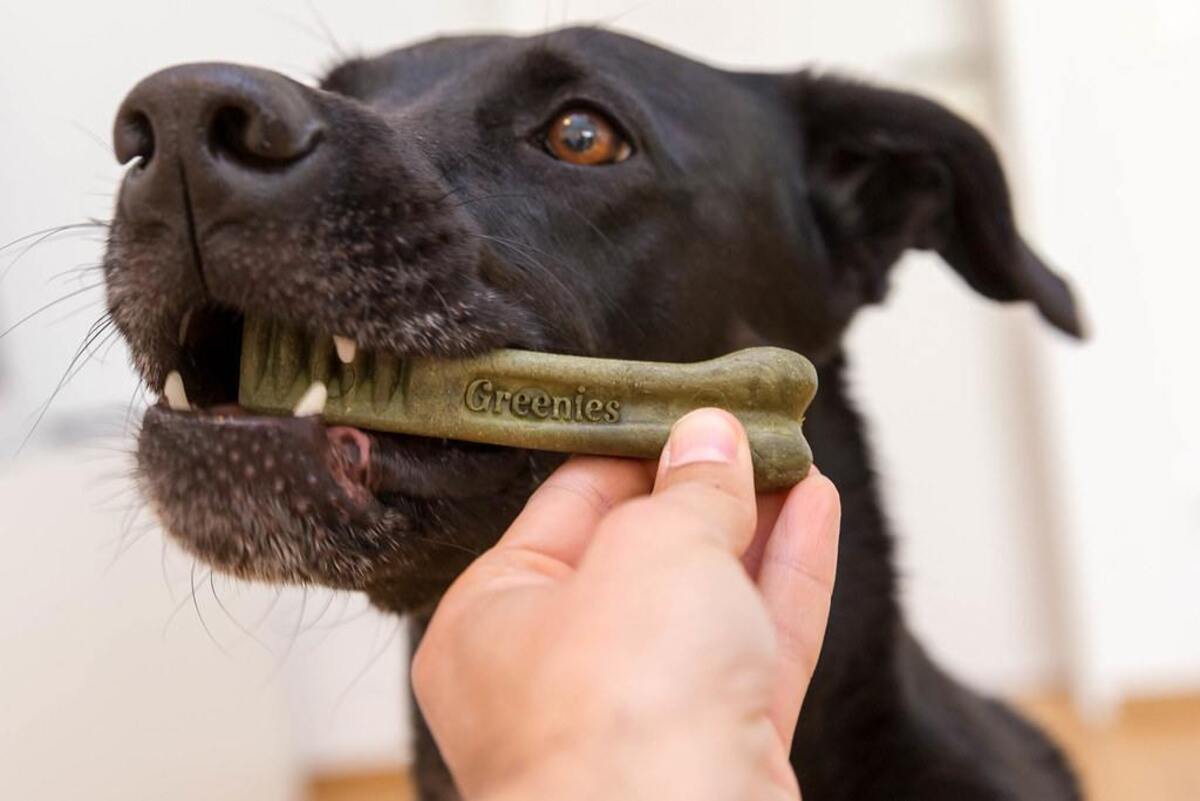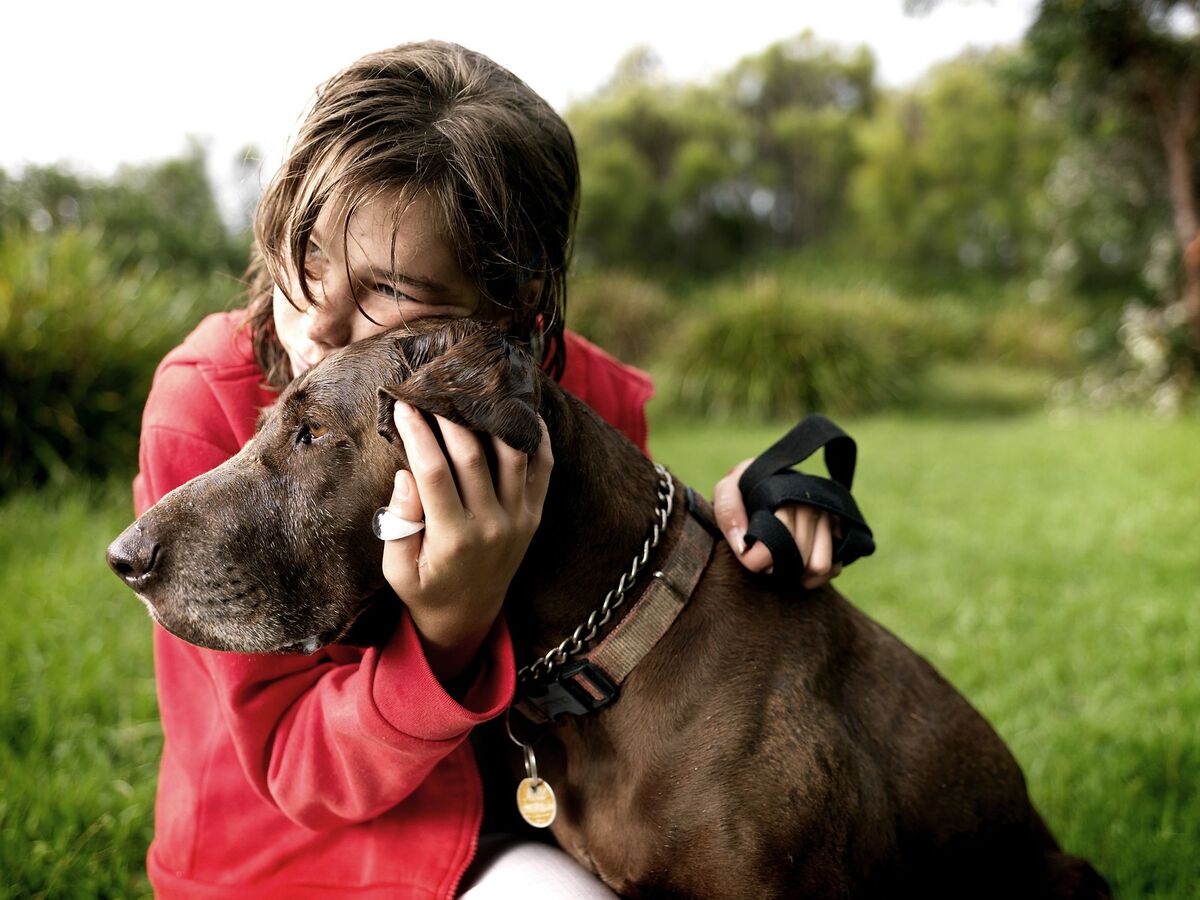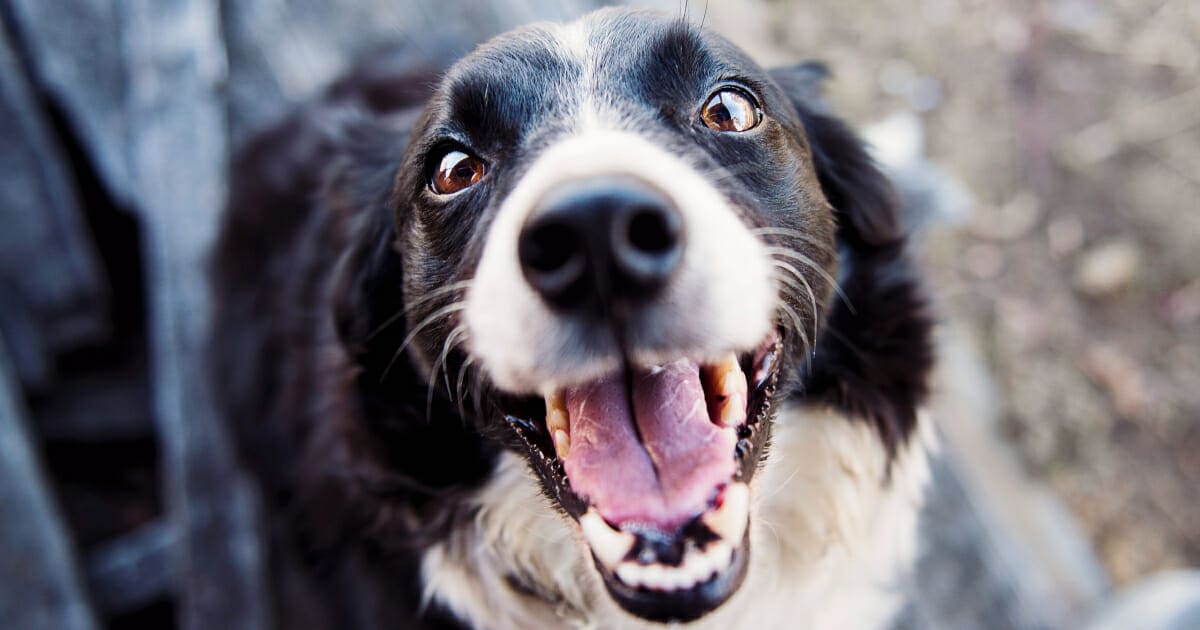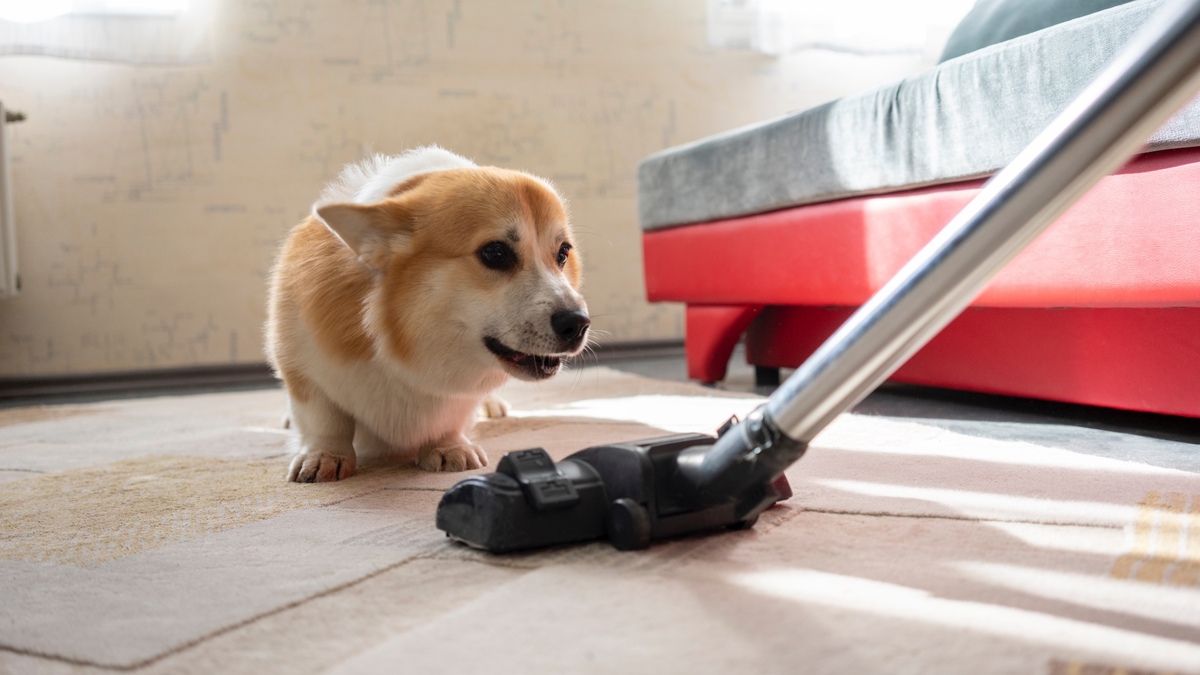Home>Health & Wellness>Common Health Issues>Why Are Dogs Always Put Under For Dental Cleanings
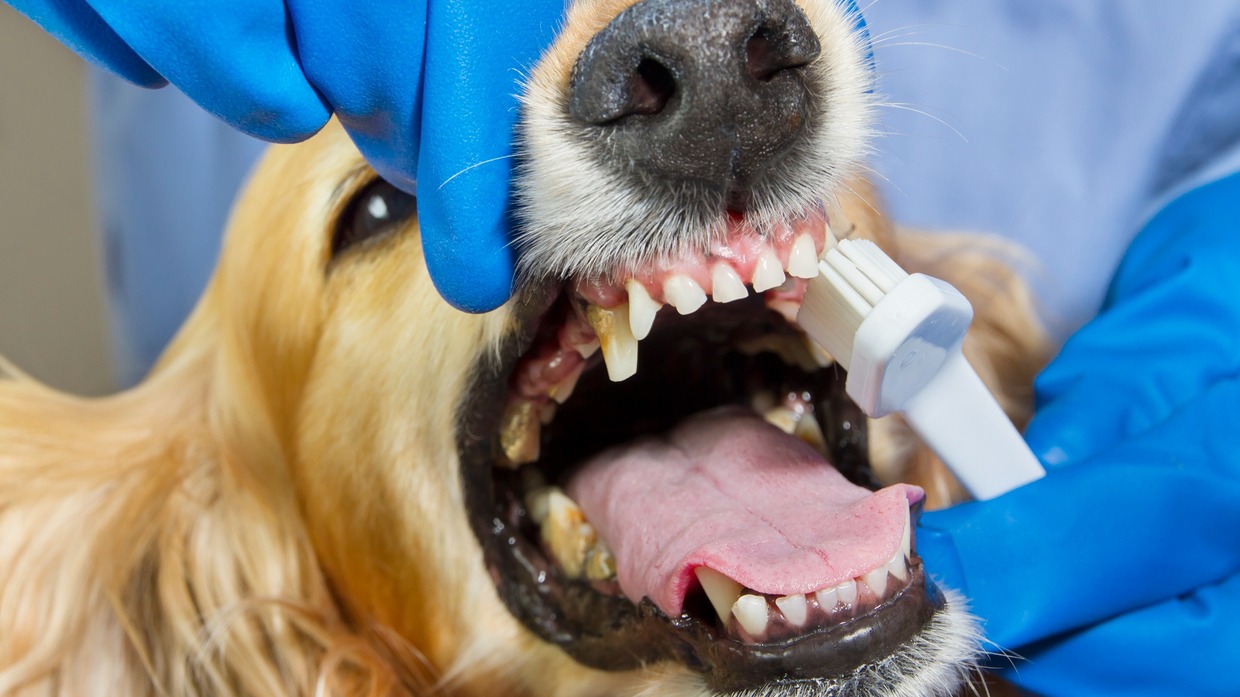

Common Health Issues
Why Are Dogs Always Put Under For Dental Cleanings
Published: January 31, 2024
Learn about common health issues in dogs, including why they are put under for dental cleanings. Understand the importance of dental care for your furry friend.
(Many of the links in this article redirect to a specific reviewed product. Your purchase of these products through affiliate links helps to generate commission for Pawsomeoldies.com, at no extra cost. Learn more)
Table of Contents
Introduction
Dental care is a crucial aspect of maintaining a dog's overall health and well-being. Just like humans, dogs require regular dental cleanings to prevent dental issues such as plaque buildup, tartar accumulation, and gum disease. However, one common concern among pet owners is the use of anesthesia during dental cleanings for dogs. Many wonder why dogs are always put under anesthesia for this procedure.
This article aims to shed light on the importance of dental cleanings for dogs, the role of anesthesia in these procedures, and the risks and benefits associated with anesthesia for our furry companions. Additionally, we will explore alternative approaches to dental cleanings that do not involve anesthesia, providing pet owners with a comprehensive understanding of their options.
Understanding the necessity of dental cleanings and the use of anesthesia in these procedures is essential for pet owners who want to ensure the best possible care for their canine companions. By delving into these topics, we can gain valuable insights into the significance of maintaining good oral hygiene in dogs and the various considerations involved in the process.
Read more: When Does My Dog Need Dental Cleaning?
The Importance of Dental Cleanings for Dogs
Maintaining good oral hygiene is vital for a dog's overall health and well-being. Dental cleanings play a crucial role in preventing various dental issues that can significantly impact a dog's quality of life. Just like humans, dogs are susceptible to dental problems such as plaque buildup, tartar accumulation, gingivitis, and periodontal disease. These issues can lead to discomfort, pain, and even more severe health complications if left untreated.
Regular dental cleanings for dogs are essential for several reasons:
-
Preventing Dental Disease: Dental cleanings help prevent the onset of dental diseases that can cause pain and discomfort for dogs. By removing plaque and tartar, dental cleanings reduce the risk of gum inflammation, infections, and tooth decay, promoting better oral health.
-
Improving Overall Health: Dental issues in dogs can have far-reaching effects beyond the mouth. Bacteria from dental infections can enter the bloodstream, potentially impacting vital organs such as the heart, liver, and kidneys. Regular cleanings help mitigate these risks, contributing to the dog's overall health and longevity.
-
Enhancing Quality of Life: Dogs with healthy teeth and gums are more likely to enjoy their meals and engage in activities without experiencing oral discomfort. Dental cleanings can alleviate pain and improve a dog's quality of life by ensuring that they can eat, chew, and play without hindrance.
-
Preventing Tooth Loss: Untreated dental problems can lead to tooth loss in dogs, affecting their ability to eat and causing further oral complications. Regular cleanings help preserve the dog's teeth, reducing the likelihood of tooth loss and associated difficulties.
-
Early Detection of Issues: Dental cleanings provide an opportunity for veterinarians to assess the dog's oral health thoroughly. During these cleanings, potential issues such as fractured teeth, oral tumors, or other abnormalities can be identified early, allowing for prompt intervention and treatment.
In summary, dental cleanings are essential for maintaining a dog's oral health, preventing dental diseases, and safeguarding their overall well-being. By prioritizing regular dental care, pet owners can contribute to their dog's comfort, longevity, and happiness.
Anesthesia in Dental Cleanings
Anesthesia plays a pivotal role in dental cleanings for dogs, as it enables veterinarians to perform thorough and effective procedures while ensuring the safety and comfort of the canine patient. When dogs undergo dental cleanings, anesthesia is administered to facilitate the cleaning process, which involves scaling the teeth, probing the gums, and addressing any underlying dental issues.
The use of anesthesia is essential for several reasons:
-
Facilitating Comprehensive Cleaning: Anesthesia allows veterinarians to clean below the gum line and address dental issues that may not be visible during a conscious examination. This comprehensive approach ensures that all areas of the dog's mouth can be thoroughly evaluated and treated, leading to more effective dental care outcomes.
-
Minimizing Stress and Discomfort: Dental cleanings can be stressful and uncomfortable for dogs, especially when extensive procedures are required. Anesthesia helps alleviate the dog's anxiety and discomfort, creating a more relaxed and controlled environment for the dental cleaning process.
-
Ensuring Safety and Compliance: Anesthesia enables the dog to remain still and cooperative during the cleaning, reducing the risk of injury to both the pet and the veterinary staff. It also ensures that the dog remains in a stable and controlled state throughout the procedure, allowing the veterinarian to work safely and efficiently.
-
Enabling Diagnostic Procedures: In addition to cleaning, anesthesia facilitates the performance of diagnostic procedures such as dental X-rays, which are crucial for evaluating the internal structures of the teeth and identifying potential issues that may not be apparent from the external examination alone.
While the use of anesthesia is integral to the success of dental cleanings for dogs, it is essential for pet owners to understand the associated considerations, including the risks and benefits of anesthesia in this context. By gaining insight into these factors, pet owners can make informed decisions regarding their dog's dental care and collaborate effectively with veterinary professionals to ensure the best possible outcomes.
In the next section, we will delve into the risks and benefits of anesthesia for dogs undergoing dental cleanings, providing a comprehensive understanding of the implications associated with this essential aspect of canine dental care.
Risks and Benefits of Anesthesia for Dogs
The use of anesthesia in dental cleanings for dogs presents both risks and benefits that pet owners should carefully consider. Understanding these factors is crucial for making informed decisions regarding their dog's dental care.
Risks of Anesthesia for Dogs
While anesthesia is generally safe when administered by trained professionals, it does carry inherent risks, particularly for dogs with underlying health conditions. Some potential risks of anesthesia for dogs include:
-
Adverse Reactions: Dogs may exhibit adverse reactions to anesthesia, ranging from mild to severe. These reactions can include respiratory depression, hypotension, and allergic responses, posing potential risks to the dog's well-being.
-
Impact on Organ Function: Anesthesia can affect organ function, particularly in dogs with pre-existing health issues. The liver, kidneys, and cardiovascular system may experience added strain during the anesthesia process, potentially exacerbating underlying conditions.
-
Recovery Challenges: Some dogs may experience prolonged recovery periods or complications following anesthesia, such as delayed awakening, disorientation, or post-anesthetic nausea. These factors can contribute to post-operative discomfort and require attentive post-anesthesia care.
-
Anesthetic Complications: In rare cases, dogs may experience anesthetic complications, such as anesthesia-related injuries, aspiration of stomach contents, or anesthesia overdose. While these occurrences are infrequent, they underscore the importance of vigilant monitoring during the anesthesia process.
Read more: Why Is My Dog Sneezing After Dental Surgery
Benefits of Anesthesia for Dogs
Despite the potential risks, anesthesia offers significant benefits in the context of dental cleanings for dogs. These benefits include:
-
Effective Dental Care: Anesthesia enables veterinarians to perform thorough and effective dental cleanings, addressing underlying dental issues and promoting optimal oral health outcomes for the dog.
-
Reduced Stress and Discomfort: Anesthesia minimizes the dog's stress and discomfort during the dental cleaning process, creating a more relaxed and controlled environment for both the pet and the veterinary team.
-
Comprehensive Evaluation: Anesthesia allows for a comprehensive evaluation of the dog's oral health, including the ability to conduct X-rays and address hidden dental problems that may not be apparent during a conscious examination.
-
Safe and Controlled Environment: Anesthesia ensures a safe and controlled environment for the dental cleaning procedure, reducing the risk of injury to the dog and facilitating the veterinarian's ability to work efficiently and effectively.
By weighing the risks and benefits of anesthesia for dogs undergoing dental cleanings, pet owners can make informed decisions in collaboration with their veterinary professionals, ensuring the best possible care for their canine companions.
Alternatives to Anesthesia for Dental Cleanings
While anesthesia is commonly used in dental cleanings for dogs, some pet owners may seek alternatives due to concerns about the potential risks associated with anesthesia. It's important to note that the decision to explore alternatives should be made in consultation with a qualified veterinarian, taking into account the specific needs and health status of the dog. Here are some alternatives to anesthesia for dental cleanings that may be considered:
Non-Anesthetic Dental Cleanings
Non-anesthetic dental cleanings involve the removal of plaque and tartar from a dog's teeth without the use of anesthesia. This approach is typically suitable for dogs with mild dental issues and those who may not tolerate anesthesia well. Non-anesthetic cleanings are often performed by specialized veterinary technicians who use gentle techniques to clean the teeth while the dog is awake. However, it's important to note that non-anesthetic cleanings may not address underlying dental problems that require more extensive intervention.
Anesthesia-Free Dental Scaling
Anesthesia-free dental scaling, also known as manual dental scaling, is another alternative that aims to address dental issues without the use of anesthesia. This procedure involves the manual removal of plaque and tartar using handheld dental instruments, similar to the techniques used in human dental cleanings. While anesthesia-free scaling may be suitable for some dogs, it's essential to recognize its limitations in addressing deeper dental issues and conducting comprehensive evaluations that may require anesthesia.
Read more: Who Performs Dental Prophylaxis In Dogs
Home Dental Care
Implementing a robust home dental care routine can significantly contribute to a dog's oral health and reduce the need for frequent professional cleanings. This includes regular brushing using dog-specific toothpaste, providing dental chews or toys designed to promote oral hygiene, and incorporating dental-friendly dietary options. While home dental care is not a substitute for professional cleanings, it can complement regular veterinary dental assessments and contribute to overall oral health maintenance.
Regular Veterinary Dental Examinations
Scheduling routine dental examinations with a veterinarian is crucial for monitoring a dog's oral health and addressing any emerging dental issues promptly. Through regular check-ups, veterinarians can assess the dog's teeth, gums, and overall oral health, providing recommendations for preventive care and addressing concerns before they escalate. By staying proactive with dental examinations, pet owners can work with their veterinarians to develop personalized dental care plans tailored to their dog's specific needs.
It's important to emphasize that while these alternatives may offer viable options for some dogs, they may not be suitable for every canine patient. Ultimately, the decision to pursue alternatives to anesthesia for dental cleanings should be based on a thorough evaluation of the dog's dental health, in collaboration with a trusted veterinarian who can provide tailored recommendations and guidance.
Conclusion
In conclusion, the importance of dental cleanings for dogs cannot be overstated, as it directly impacts their overall health, well-being, and quality of life. By prioritizing regular dental care, pet owners can contribute to their canine companions' comfort, longevity, and happiness. The use of anesthesia in dental cleanings for dogs, while essential for facilitating thorough and effective procedures, presents both risks and benefits that necessitate careful consideration.
While anesthesia enables comprehensive cleaning, minimizes stress, and ensures a safe and controlled environment for the dental cleaning process, it also carries potential risks, particularly for dogs with underlying health conditions. Understanding these factors is crucial for making informed decisions regarding a dog's dental care. Pet owners should collaborate with qualified veterinarians to weigh the risks and benefits of anesthesia, taking into account the specific needs and health status of their canine companions.
Furthermore, exploring alternatives to anesthesia for dental cleanings, such as non-anesthetic cleanings, anesthesia-free scaling, home dental care, and regular veterinary dental examinations, provides pet owners with additional options to consider in consultation with their veterinarians. These alternatives may offer viable solutions for some dogs, contributing to their oral health maintenance and reducing the need for frequent professional cleanings.
Ultimately, the well-being of our furry friends hinges on proactive dental care, informed decision-making, and collaborative partnerships between pet owners and veterinary professionals. By staying attentive to their dog's oral health, seeking personalized recommendations, and remaining proactive in preventive care, pet owners can ensure that their canine companions receive the best possible dental care tailored to their individual needs.
In essence, the journey toward optimal dental health for dogs involves a combination of regular professional cleanings, informed decision-making regarding anesthesia, and proactive home care, all under the guidance of trusted veterinary professionals. By embracing these principles, pet owners can champion their dog's oral health, paving the way for a lifetime of happy smiles and wagging tails.



